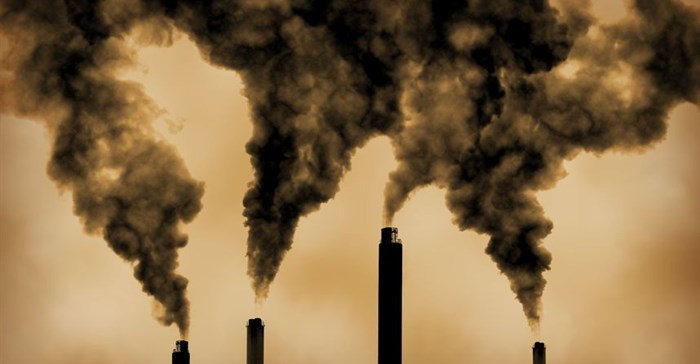
South Africa: the best and the worst in Paris targets
The PwC Low Carbon Economy Index tracks the progress G20 countries have made to meet their carbon budgets and decarbonise their economies since 2000.
For the first time, China has topped an index measuring the carbon intensity of the major economies, as a result of falling coal use and a shifting economic base with rapid growth in less carbon intensive services.
China consumes half the global coal output, so changes that affect consumption in that country have global significance for the coal market and emissions. It means that in 2015, the rate of decarbonisation globally more than doubled.
China, the UK, and the US led the way in the Index, with others including some major emerging economies, showing sharp reductions in carbon intensity last year. South Africa, Mexico, Canada and India all exceeded their Paris targets, demonstrating for the second year running signs that emissions growth are decoupling from economic growth.
Argentina, Indonesia Brazil, Saudi Arabia and Italy have more work to do as their carbon intensity reductions last year did not even meet the rate needed to meet their own Intended Nationally Determined Contributions (INDC) targets.
While this year marks a step change in the decarbonisation of the global economy, the report warns 2015’s high point is less than half of what is actually required to limit global warming to the levels committed to in the Paris Agreement.
For the last 15 years the global average decarbonisation rate has been only 1,3% a year, leading to predictions of the global carbon budget running out as early as 2036. However in the lead up to the Paris Agreement last year, carbon intensity fell by a record-breaking 2,8% (up from 2.7% in 2014). This is in line with the national targets set in the Paris Agreement. However, even at this faster decarbonisation rate, the global carbon budget will last only four years more to 2040.
Jayne Mammatt, sustainability and climate change director at PwC, said: “In 2015 the world economy decarbonised at record levels but it still falls far short of the rapid reductions needed to achieve the two degrees goal. With each passing year, the global challenge gets tougher.”
“To stay within the two degrees carbon budget the annual reduction in carbon intensity now needs to reach 6,5%, up from 5,1% four years ago. If governments want to hit the global goal of ‘well below two degrees’ they will need to raise the ambition of their targets immediately and do much more to accelerate low carbon investment.”
The results may give delegates a temporary boost at the opening of the UN Climate Summit in Marrakech, the first since the entry into force of the Paris Climate Agreement at the Conference of Parties (COP) 21. All eyes will be on the discussions around financing and the development of the detailed rules for the agreement, particularly on how to review progress and raise the ambition of the national targets.













![Maria Ramos, pictured here at the 2009 World Economic Forum early in her tenure at ABSA. Copyright World Economic Forum www.weforum.org / Eric Miller emiller@iafrica.com [CC BY-SA 2.0 (https://creativecommons.org/licenses/by-sa/2.0)], via Wikimedia Commons, CC BY-NC-ND](https://biz-file.com/c/1901/480356-300x156.jpg?4)



